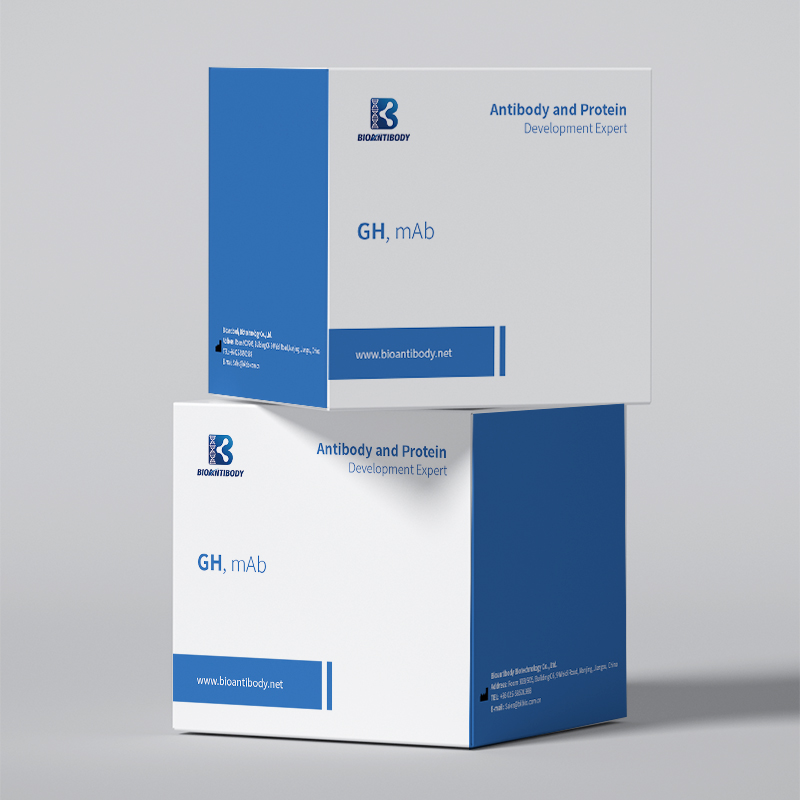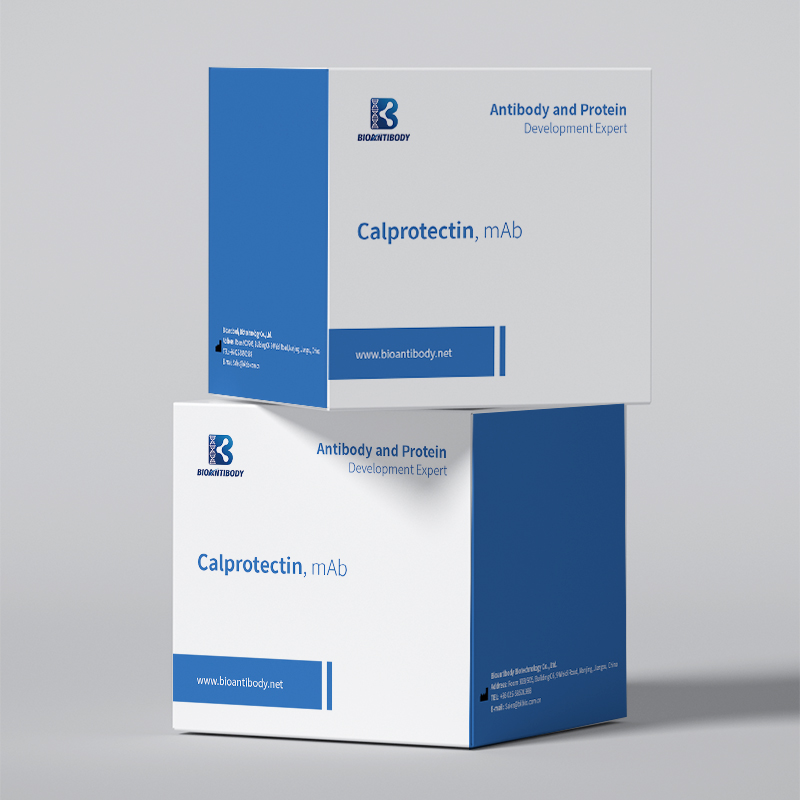Factory Price Dengue Ag Rapid Test - Anti-human PGI Antibody, Mouse Monoclonal – Bioantibody
Factory Price Dengue Ag Rapid Test - Anti-human PGI Antibody, Mouse Monoclonal – Bioantibody Detail:
Product details
General Information
Pepsinogen I, the precursors of pepsin, is produced by the gastric mucosa and released into the gastric lumen and peripheral circulation. Pepsinogen consists of a single polypeptide chain of 375 amino acids with an average molecular weight of 42 kD. PG I (isoenzyme 1-5) is secreted mainly by chief cells in the fundic mucosa, whereas PG II (isoenzyme 6-7) is secreted by the pyloric glands and the proximal duodenal mucosa.
Precursor reflects numbers of stomach surface cells as well as glandular cells, and monitors gastric atrophy indirectly. They are also extraordinarily stable because they perform their jobs under the harsh conditions present in the digestive system. The atrophy of the corpus mucosa leads to low synthesis of pepsinogen I and hence its low release into the serum. Serum pepsinogen I indicates function and states of gastric mucosa.
Properties
| Pair Recommendation | CLIA (Capture-Detection): 1C1-3 ~ 1G7-3 1E3-1 ~ 1G7-3 |
| Purity | >95%, determined by SDS-PAGE |
| Buffer Formulation | 20 mM PB, 150 mM NaCl, 0.1% Proclin 300,pH7.4 |
| Storage | Store it under sterile conditions at -20℃ to -80℃ upon receiving. Recommend to aliquot the protein into smaller quantities for optimal storage. |
Comparison Analysis


Order Information
| Product Name | Cat. No | Clone ID |
| PGI | AB0005-1 | 1C1-3 |
| AB0005-2 | 1E3-1 | |
| AB0005-3 | 1G7-3 |
Note: Bioantibody can customized quantities per your need.
Citations
1.Sipponen P , Ranta P , Helske T , et al. Serum levels of amidated gastrin-17 and pepsinogen I in atrophic gastritis: an observational case-control study.[J]. Scandinavian Journal of Gastroenterology, 2002, 37(7):785-791.
2.Mangla J C , Schenk E A , Desbaillets L , et al. Pepsin secretion, pepsinogen, and gastrin in Barrett’s esophagus’. Clinical and morphological characteristics[J]. Gastroenterology, 1976, 70(5 PT.1):669-676.
Product detail pictures:

Related Product Guide:
That has a sound business enterprise credit rating, exceptional after-sales provider and modern producing facilities, we now have earned an superb standing amongst our buyers across the world for Factory Price Dengue Ag Rapid Test - Anti-human PGI Antibody, Mouse Monoclonal – Bioantibody , The product will supply to all over the world, such as: Detroit, Johannesburg, Belgium, If you need any of our products, or have other items to be produced, please send us your inquiries, samples or detailed drawings. Meanwhile, aiming to develop into an international enterprise group, we look forward to receiving offers for joint ventures and other cooperative projects.
The supplier abide the theory of "quality the basic, trust the first and management the advanced" so that they can ensure a reliable product quality and stable customers.






